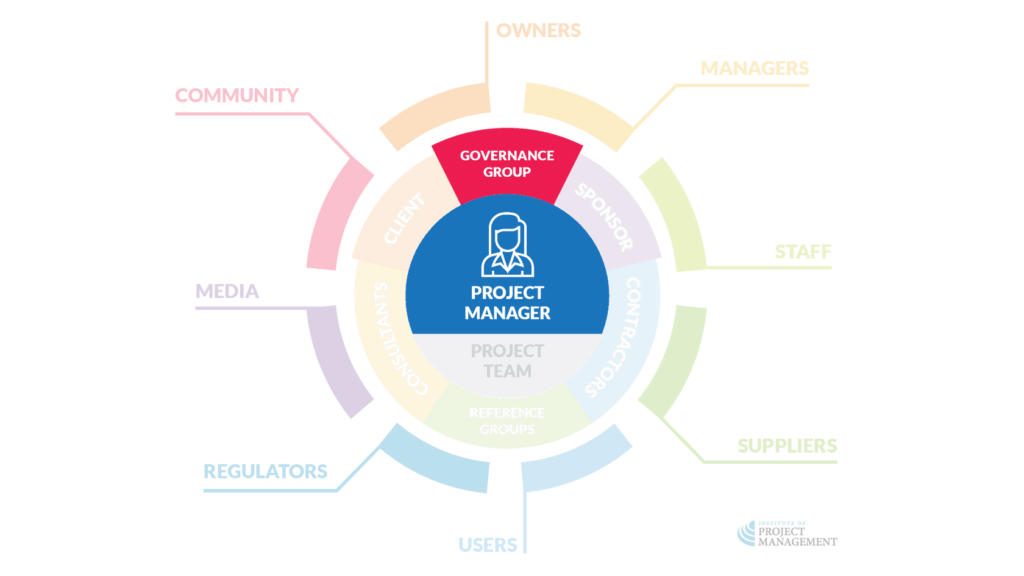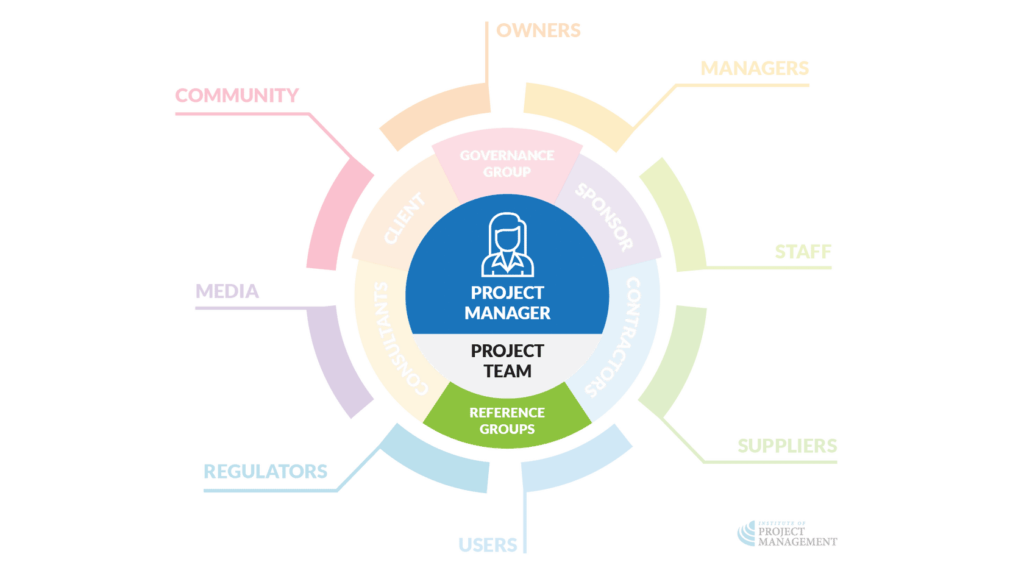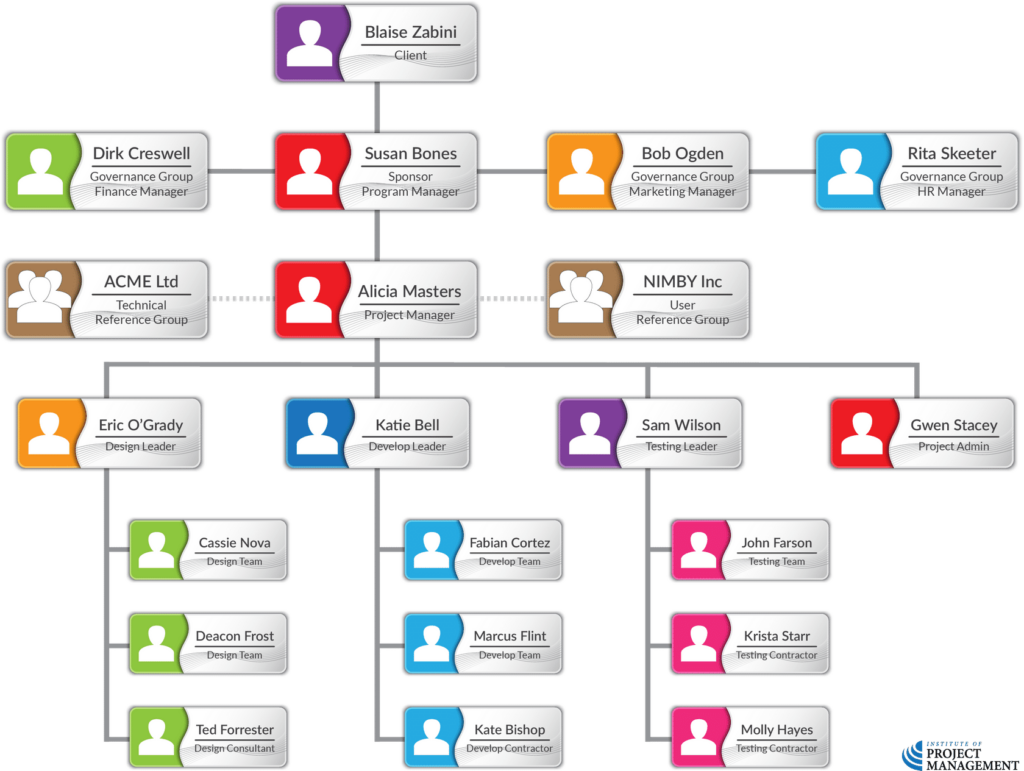2.4 Project committees
The governance group
Governance groups are also known as projects’ steering committees, change control boards, or project control groups.

Now you may have heard it said elsewhere that “A camel is a horse designed by a committee,” but a well-organized governance group is one way to ensure that stakeholders inform and stay informed about a project.
As such, the group is intended to represent all the key stakeholders, even if it is often only made up of people in the organization delivering the project.
As the alternative name change control board suggests, this committee is primarily there to approve significant and material changes to the project’s scope, schedule, and/or budget that were originally agreed to in the project plan.
Indeed, the very first job of the steering committee is often to approve the project plan, release resources and define the limits of the project manager’s authority.
More broadly, they accept regular reports – usually monthly – from the project manager on progress to date, known issues, and changes to the project’s risk profile.
As such, their collective function is almost exactly that of the sponsor; indeed, the project sponsor is quite often the steering committee’s chairperson.
It is just that the sponsor takes a much more active, day-to-day role in project governance.
You should also note that it is inappropriate for the project manager to be a standing or voting member of the governance group.
The project manager’s role is to report and provide advice to this group, and the committee’s main purpose is to make decisions that are beyond the defined authority of the PM.
Reference groups
Temporary reference groups may also be convened to advise the project manager, team, and/or governance group.

As the name suggests, the project will refer to the group for technical or expert advice.
Panels can be drawn from key organizational staff, consultants, or community representatives, depending on the problem that needs to be solved.
As such, reference groups are often ad hoc, formed in response to a specific issue or for a single purpose, and may not last the project’s life.
Larger organizations may also convene standing technical reference groups that cover most or all of the projects in a program or portfolio of work..
Consisting of organizational subject matter experts drawn from teams such as finance, risk, human resources, legal, media, and the like, they come together to provide advice to the project manager and/or governance group on significant decisions or make themselves individually available on-demand (as a panel) for routine consultation and advice.
Importantly, a reference group has no decision-making authority.
That still resides in the project’s direct governance hierarchy – project team to manager to sponsor to governance group.
The typical relationship between these, our direct project stakeholders, is illustrated in the organizational chart shown here as an example.

